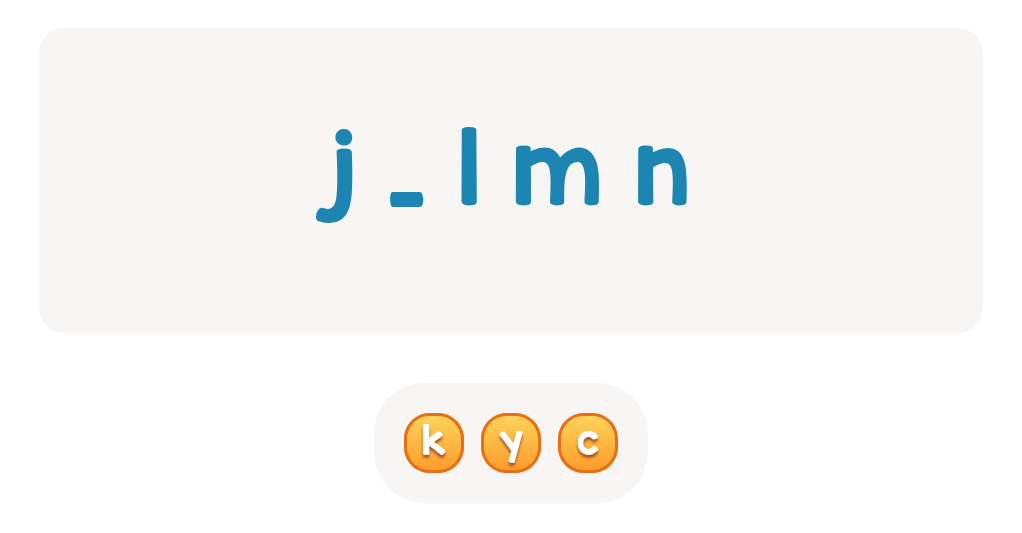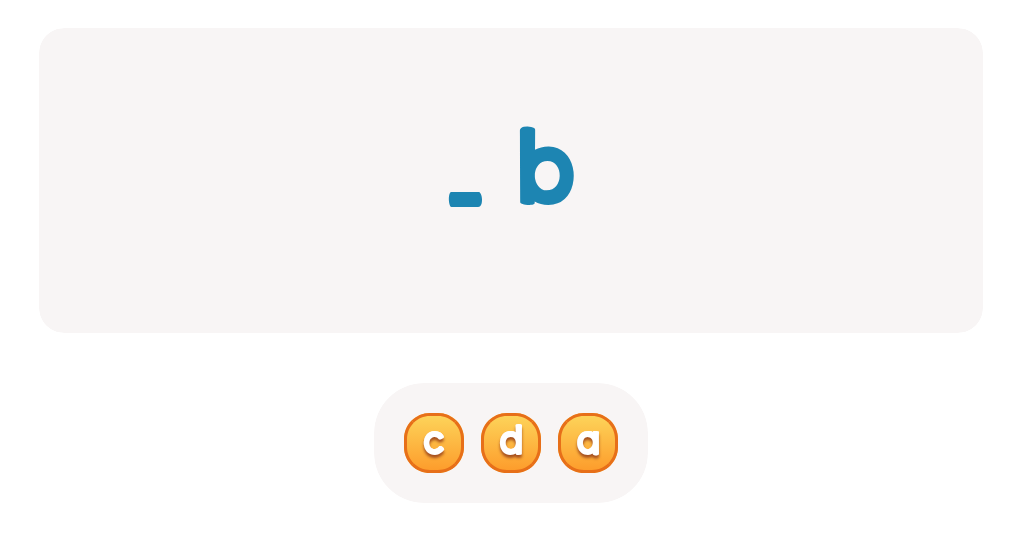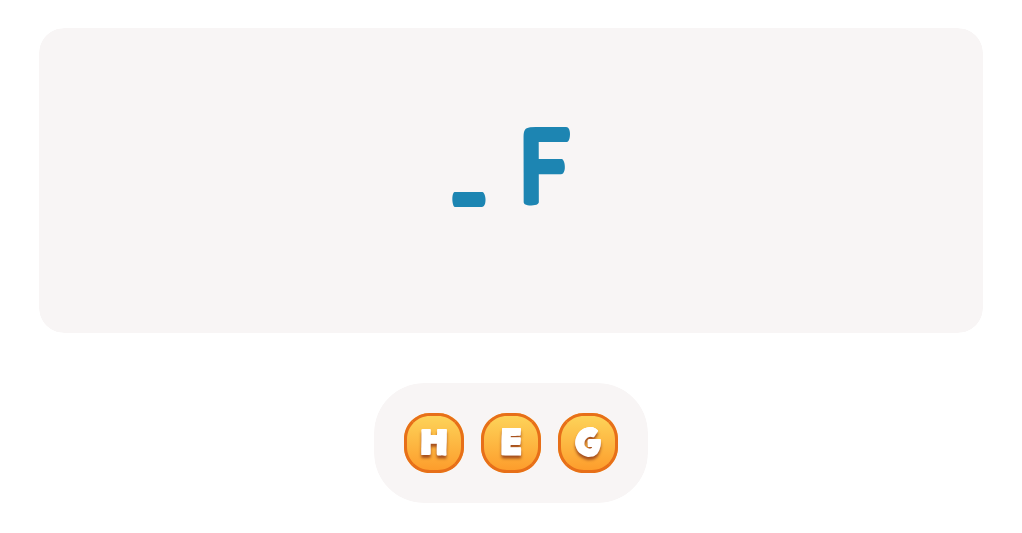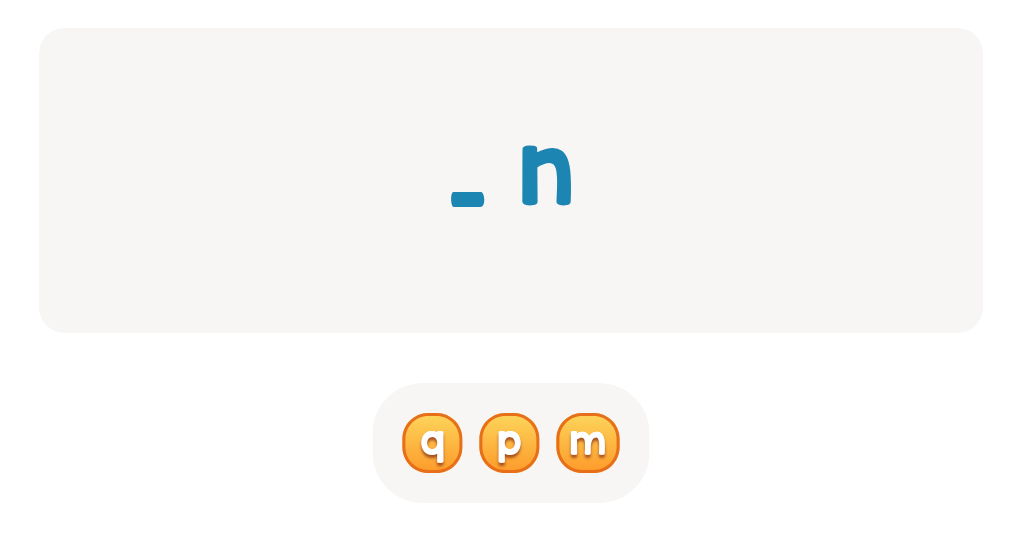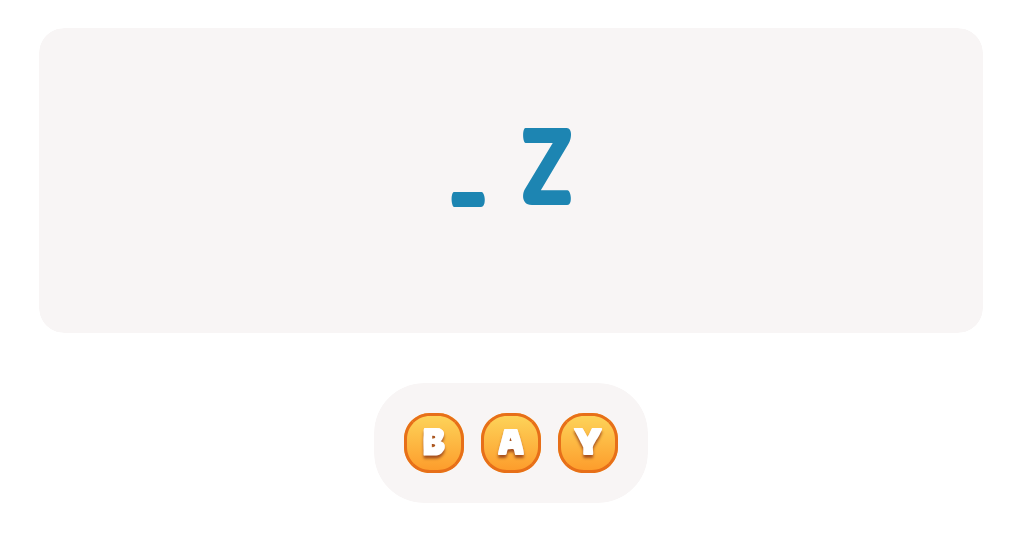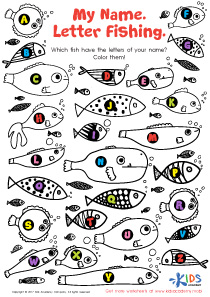Hand-eye Coordination ABC Order Worksheets for Ages 5-9
5 filtered results
-
From - To
Enhance your child's hand-eye coordination and alphabet skills with our engaging ABC Order Worksheets designed for ages 5-9. These printable resources offer a fun way for young learners to practice organizing letters in the correct sequence while developing crucial motor skills. Each activity is tailored to encourage coordination through tracing, matching, and sorting letters, making learning both interactive and enjoyable. Ideal for home or classroom use, our worksheets support early literacy development and promote fine motor skills in a playful environment. Download these worksheets today and watch your child excel in navigating the alphabet with confidence!
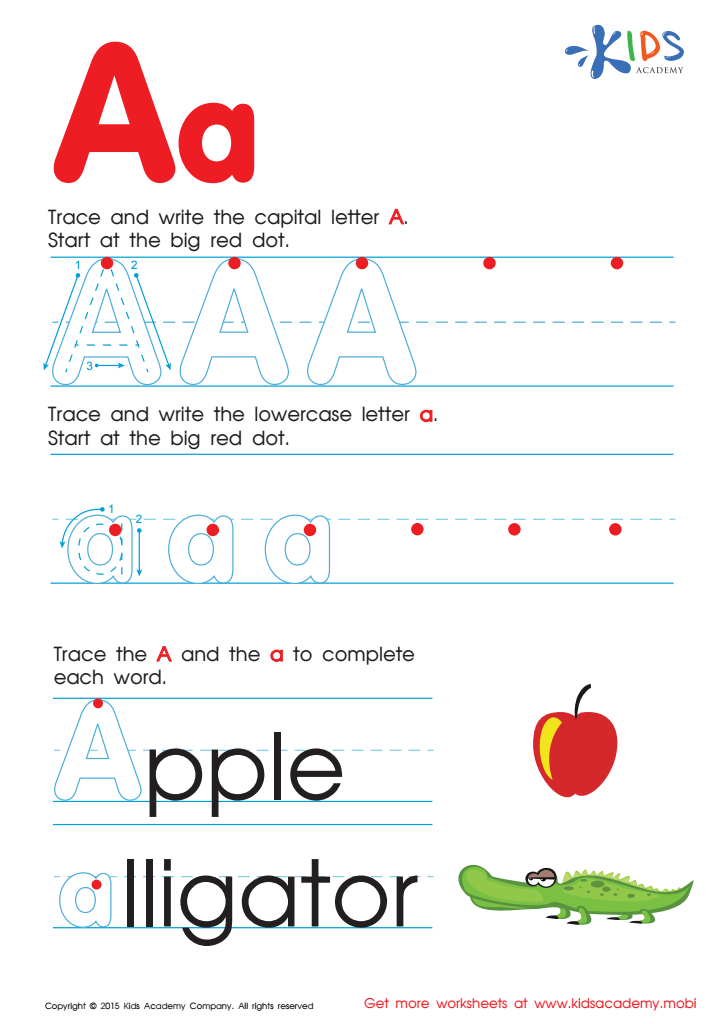

Letter A Tracing Page
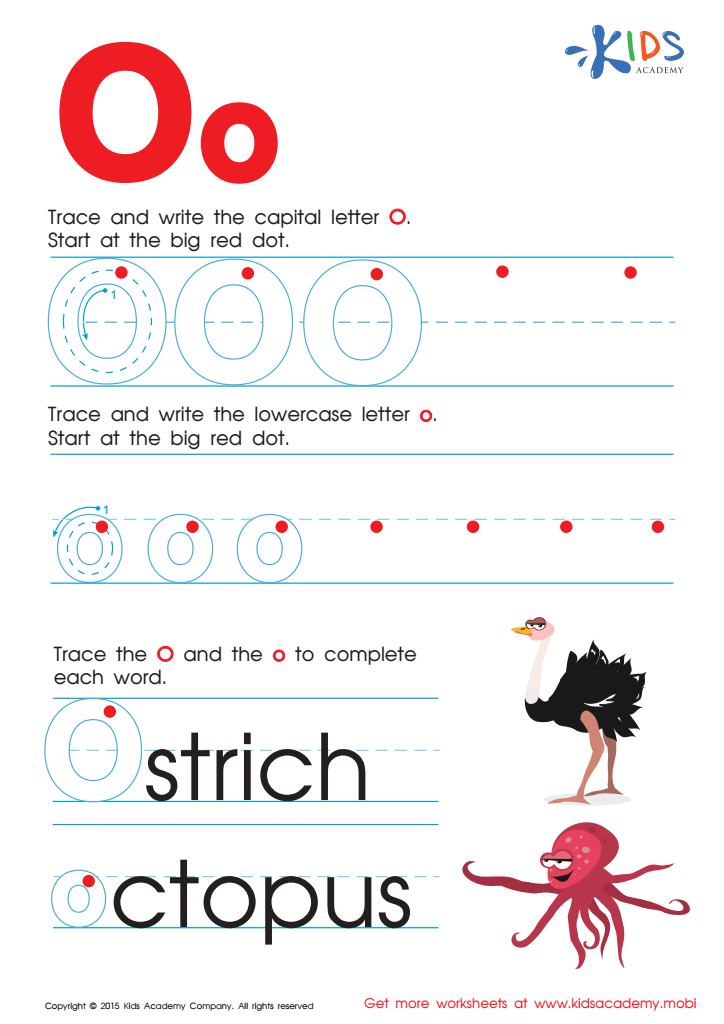

Letter O Tracing Page


Letter P Tracing Page


Letter H Tracing Page


Letter D Tracing Page
Parents and teachers should care about Hand-eye Coordination ABC Order for children ages 5-9 because it plays a crucial role in their overall development and learning. Hand-eye coordination is essential for various tasks, such as writing, drawing, and playing sports. By developing this skill early on, children can enhance their fine motor abilities, which directly impacts their academic performance and confidence in classroom activities.
Engaging children in activities that combine hand-eye coordination and learning ABCs promotes cognitive growth and fine-tunes their motor skills simultaneously. Arts and crafts, interactive games, and letter-based puzzles can make learning fun and effective, encouraging active participation. When children recognize letters and understand their sequential order, they build foundational literacy skills leading to reading and writing proficiency.
Incorporating Hand-eye Coordination ABC Order into curriculums not only helps improve children’s physical skills but also fosters collaboration and social interaction as they work together in group activities. Ultimately, as children gain proficiency in these areas, their enthusiasm for learning increases, setting a positive trajectory for lifelong educational success. By prioritizing these early skills, parents and teachers lay the groundwork for children's holistic development, empowering them to thrive in later academic endeavors.

 Assign to My Students
Assign to My Students
